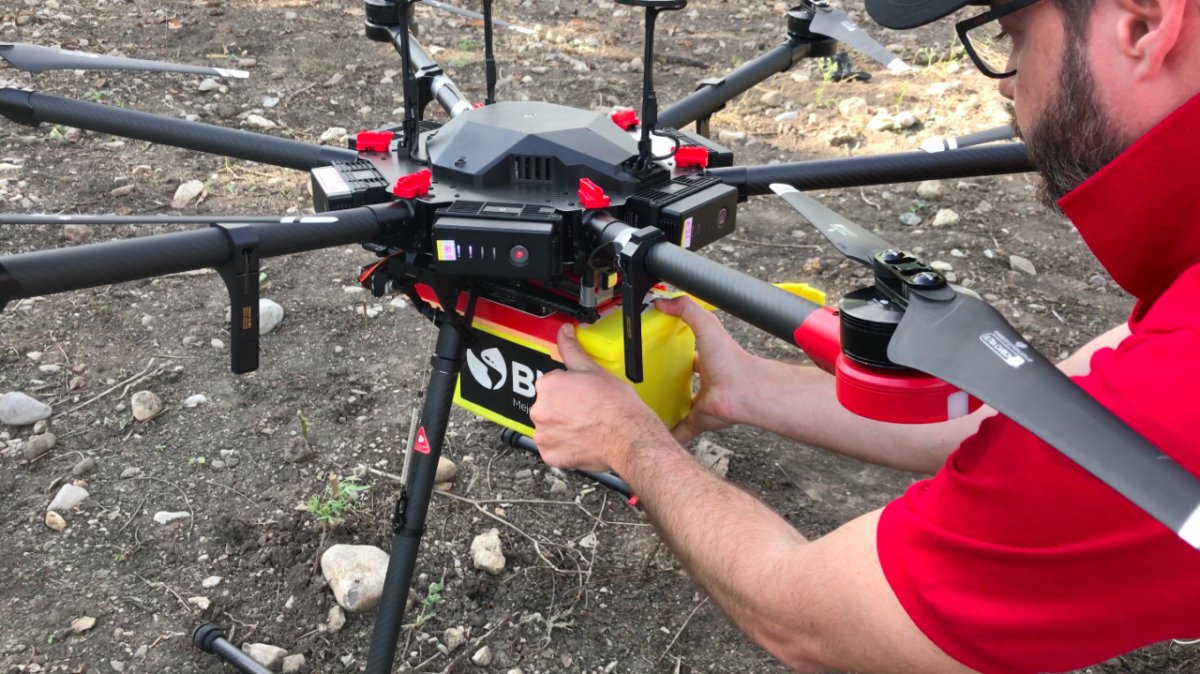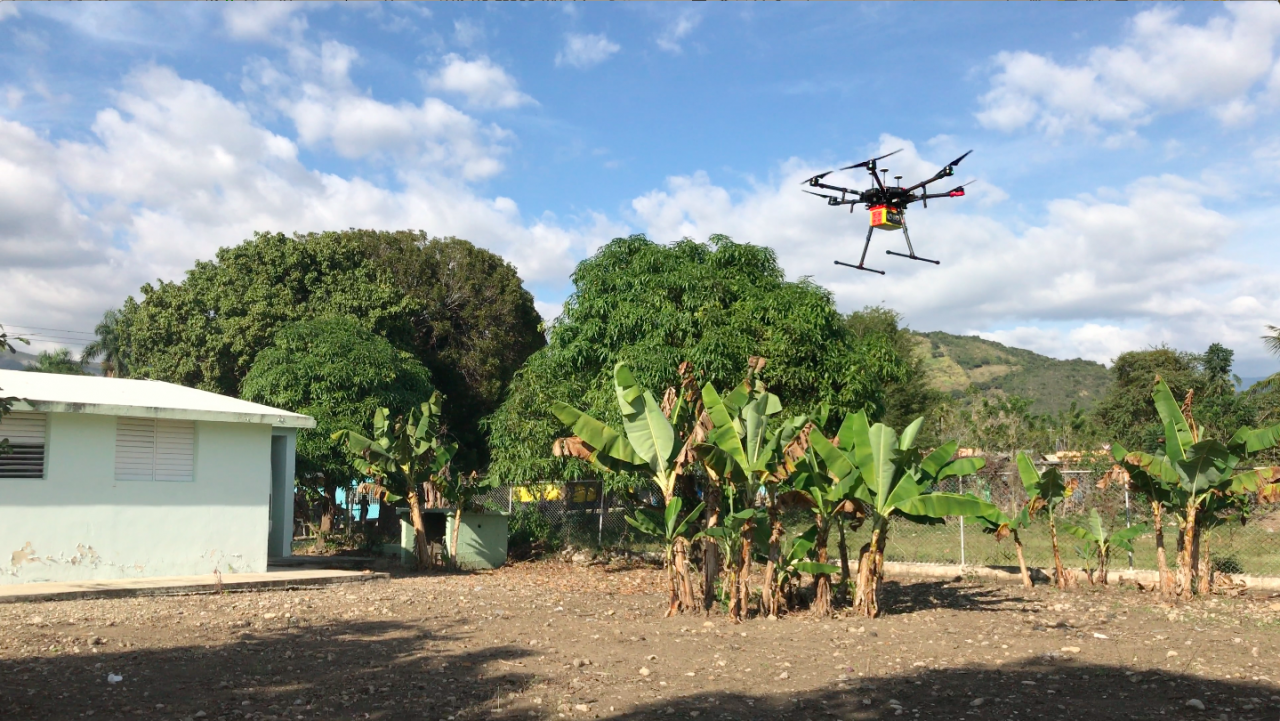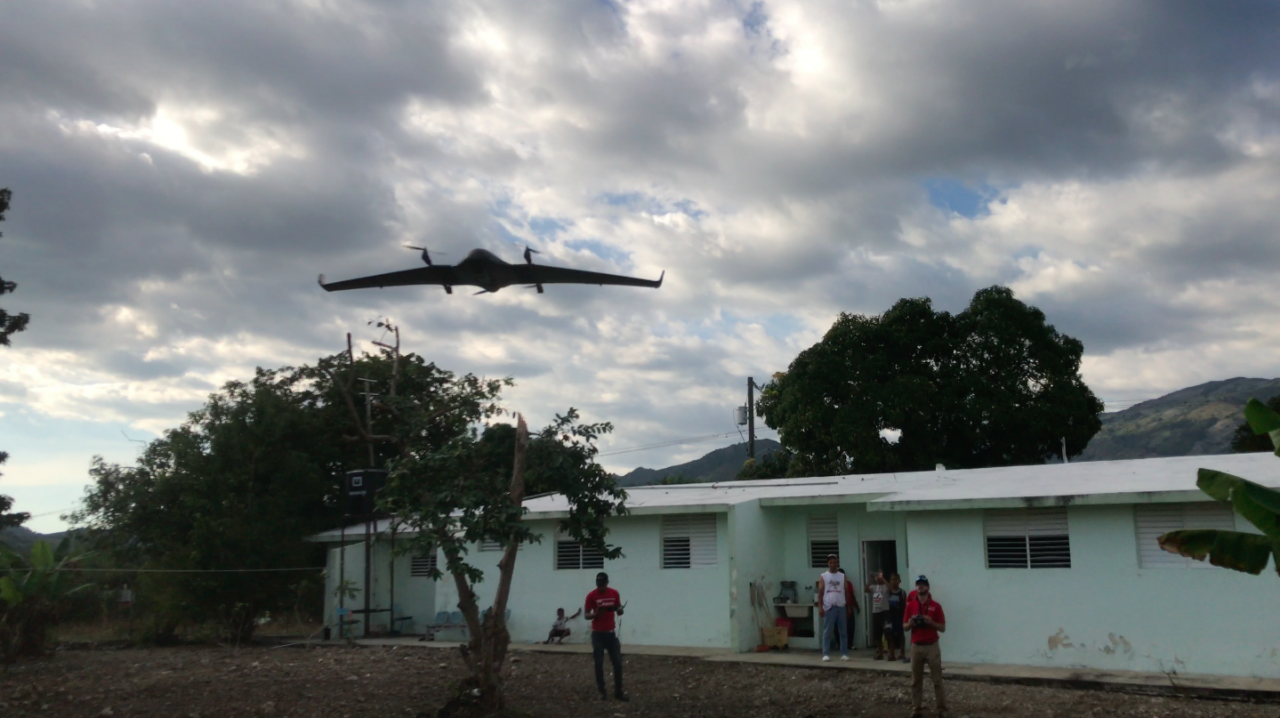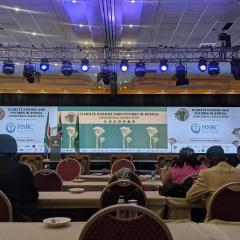
Evaluating Medical Cargo Drone Deliveries in Dominican Republic
August 29th, 2018

Transporting medicines and patient samples between hospitals and remote clinics in the mountains of the Dominican Republic can be slow and expensive. While roads to these remote clinics do exist, they are not always paved and those that are paved are sometimes impassable due to the rivers that cross them — even during the dry season.
Furthermore, while the road network in the mountains of the Dominican Republic (DR) is impressively widespread, the local ownership of motorized vehicles is certainly not, nor is the availability of public transportation. Fact is, villagers in these remote regions earn very little income and do not have the time to spend an entire day traveling to and from the nearest hospital to get their blood tested even though said hospital may “only” be 20 or 30 kilometers away. The reason this takes a day is because there is often only one “bus” (usually a truck) that goes to and from town once a day, leaving early in the morning and returning mid-afternoon. And the “bus” is obviously not free. Some patients are in pain, and simply unable to just “hop” on the back of a truck driving over bumpy roads for an hour or more under the sun.
This explains why doctors working at these hospitals and clinics are keen to explore other ways to expedite the collection and testing of patient samples and distribution of essential medicines. Thanks to generous funding from the Inter-American Development Bank (IDB) and the Multilateral Investment Fund (OMIN), a member of the IDB Group, we were able to partner with the Ministry of Health, Emprende, Centro de Innovacion de Drones and Dominican Republic Flying Labs to carry out 30+ cargo delivery tests in the mountains of the DR over a 7-day period. Both multi-rotor drones and hybrid (VTOL) drones were used. Flight distances ranged from 5 to 12 kilometers with altitude differences of some 250 meters between the takeoff and landing sites (hospital and clinics). The types of cargo transported included 2kg of water, sample tubes and select medicines.
More importantly, thanks to IDB and OMIN, we were able to provide several rounds of onsite trainings on how to operate cargo drone deliveries in order to build independent local capacity in the operation of cargo drone flights in the DR. The cargo drone trainings focused on both multi-rotor drones and hybrid (VTOL) drones, which are now part of the local fleet of drones in the Dominican Republic. All of our hands-on, professional trainings across our Flying Labs include this local technology transfer in addition to knowledge transfer.

Our joint efforts in the DR presented an excellent opportunity to field test different drones than the fleet of drones we already tested in the Amazon Rainforest with our Peru Flying Labs.
In this new report (PDF) on our DR cargo drone field tests, we document the medical use-cases and detail all our flight routes, lessons learned and training programs. We also discuss cargo drone challenges related to range, payload, usability, software and costs. Unlike the vast majority of cargo drone efforts around the world, we proactively share our operations, findings and recommendations in an open, transparent and public manner. We do this to help advance and spread a more informed understanding of the opportunities and limitations around the use of cargo drones for public health. We also share our efforts openly in order to solicit feedback on how to improve cargo delivery efforts across our growing network of Flying Labs.

We wish to sincerely thank the Cyberpark of Santo Domingo, Ministry of Health, Aviation Authority (IDAC), IDB, OMIN as well as regional and local doctors and clinics in (and close to) San Juan de la Maguana, El Cercado and Hato Mayor, for their partnership and invaluable support. Sincerest thanks in particular to Orlando Perez, Hamlet Vanderhorst, Joaquin Pulgar, Leonor Cocco and Oriol Lopez for their partnership and support for the field tests. Big thanks as well to all the participants, students and volunteers who participated in the trainings and tests.
Recent Articles

